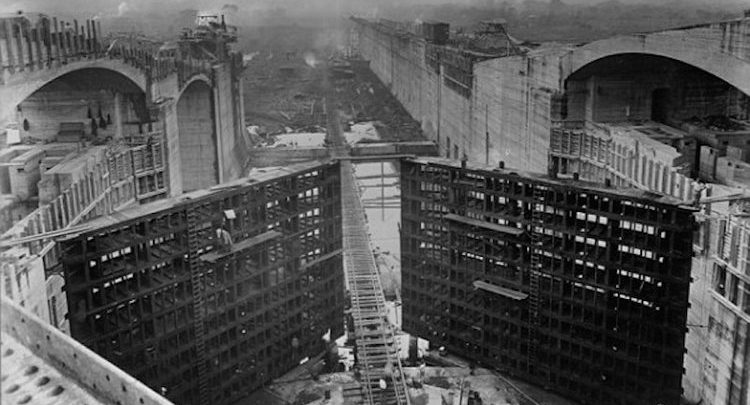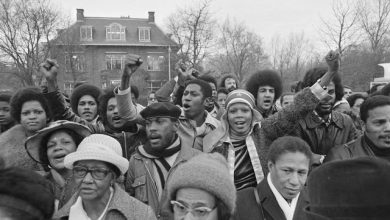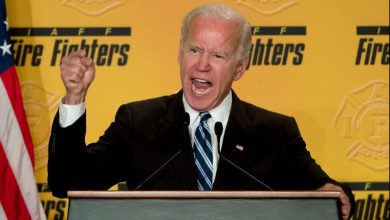AllResolvedThe Americas
Roosevelt’s Big Stick Foreign Policy
President Roosevelt opened a new foreign policy approach, believing that it was unnecessary to use brute strength to achieve goals. Named for an African proverb, Roosevelt’s “Big Stick” foreign policy approach allowed goals to be met while through perceived intimidation, not necessarily military invasion.

Roosevelt and the Panama Canal
Following the discovery of gold in California in the mid-1800s spurred an interest in connecting the Atlantic and Pacific oceans. Attempts by the French to construct a canal failed amidst outbreaks of yellow fever and malaria, leading to the deaths of thousands of French workers. Roosevelt sought success in constructing the canal, for security and economic reasons. At the time, Panama was ruled by Colombia; Roosevelt subsequently struck a deal that leased the land across Panama for $10 million and an additional $250 million rental fee.
The people of Colombia were outraged at the decision to lease their land to Americans. Roosevelt used the big stick method to support the people of Panama should they choose to revolt against the Colombians and form their own sovereign nation. Following a successful revolution, Roosevelt offered the newly sovereign Panama the same terms as he did the Colombians to lease the land which would soon become the Panama Canal. The canal opened in 1914, changing military defense and world trade patterns ever since.
The Roosevelt Corollary
During the construction of the Panama Canal, Roosevelt addressed the American Congress in a speech later known as the Roosevelt Corollary. This speech was based on the earlier Monroe Doctrine, which warned other nations about interfering in the Caribbean. In his speech, Roosevelt stated that he would use the American Military as an international police power to correct “chronic wrongdoing,” referencing Latin American nations that might have threatened stability in the region. The Roosevelt Corollary, unlike the Monroe Doctrine, proclaimed America’s willingness to interfere internationally whenever necessary for American interests. Following this speech, Roosevelt established protectorates over Cuba and Panama, and also managed the Dominican Republic’s customs revenues.
America Intervenes in the Russo-Japanese War
During the Roosevelt Era, the United States had no way to enforce the open door economic policy in place in China. Without military presence in the region, Roosevelt’s big stick policy could not function. With impending Russian troops gathering on the borders of Japanese-occupied Manchuria, Imperial Japan launched a surprise attack against the Russian naval fleet. This concerned President Roosevelt, as he felt the Japanese military was growing too strong and represented threats to China and American access to Asian markets.
Aiming to maintain a balance of power in the region, Roosevelt arranged for diplomats from Japan and Russia to meet in secret. The negotiations, which took place in New Hampshire, resulted in Japan taking control of Korea, several Former Russian bases in Manchuria and half Sakhalin island. The negotiations achieved peace between Russia and Japan, as well as a Nobel Peace Prize for Roosevelt.
In 1906, Japan forced American business ventures out of occupied Manchuria. This pushed Roosevelt to enact his big stick foreign policy by sending an American naval fleet to the Pacific in a “goodwill tour.” This message was understood by the Japanese, and subsequent negotiations reinforced Roosevelt’s Open Door policy as well as maintaining a balance of power. American interests in Asia were protected.




